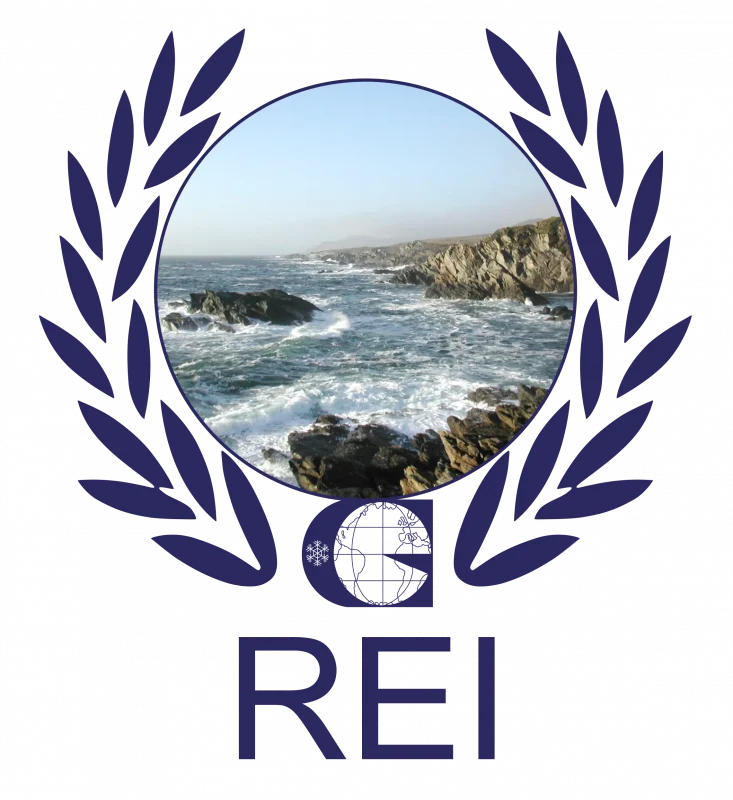Renewable Energy Insights
Institute Insights: Renewable Energy Projects Across The Globe
Earlier this year, data was released to show that seven countries now use renewable energy for almost 100% of their electricity. In 2022, Albania, Bhutan, Nepal, Paraguay, Iceland, Ethiopia and the Democratic Republic of Congo reported that more than 99.7% of the electricity they required was made using geothermal, hydro power, solar and wind power.[1]
In this article we will look at existing and planned renewable energy projects from some of these countries, and how they contribute towards a net zero future.
Albania
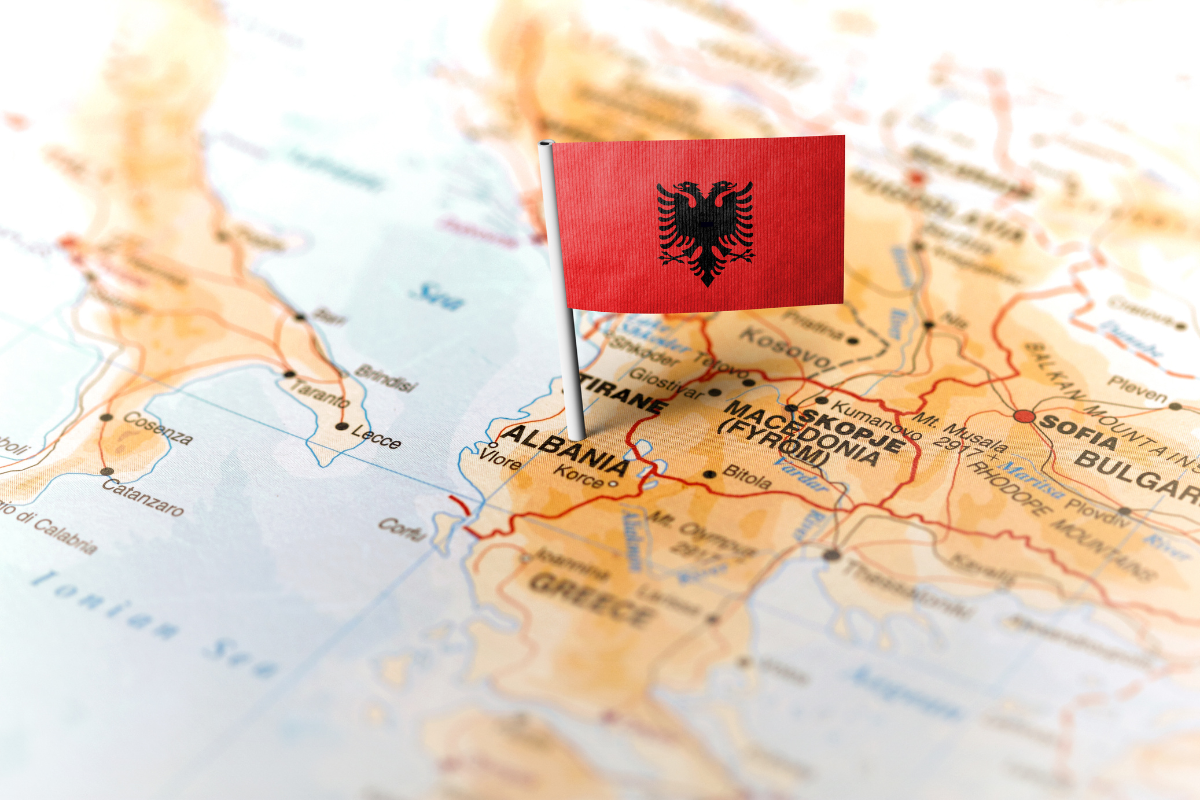
Albania is heavily reliant on hydropower for much of its energy production, however in recent years, they have also experienced an increase in the use of solar power on both small and large scales.
Piskova Solar Farming
Piskova Solar Farming is an energy co-operative, using solar power to partially power Piskova’s water pump, which serves around 2000 people in the village. Currently, the solar farm covers a modest 10% of the energy required to run the pump, but also helps local farmers to reduce their energy bills. The village hopes to be able to expand the output of the farm once they have secured further funding.
As the project has been a success, it is expected that similar co-operatives will emerge throughout the country. Crucially, the development and running of the solar farm involves the community to ensure their support, which can often be a barrier to larger renewable energy projects in their planning stages.[2]
Beslhi Solar Plant
A 50MW solar plant is currently under construction in central Albania and expected to be operational in 2026. It is expected that this plant will be able to power over 16,000 households. The project will have cost nearly 42 million euros upon completion and is being partly funded by the EU via the Western Balkans Investment Framework (WBIF).[3]
The country also plans to boost its renewable energy storage capacity with a 100MW lithium-ion battery plant. Again, this will be operational by 2026, working in tandem with solar projects such as Beslhi to ensure greater energy security.[4]
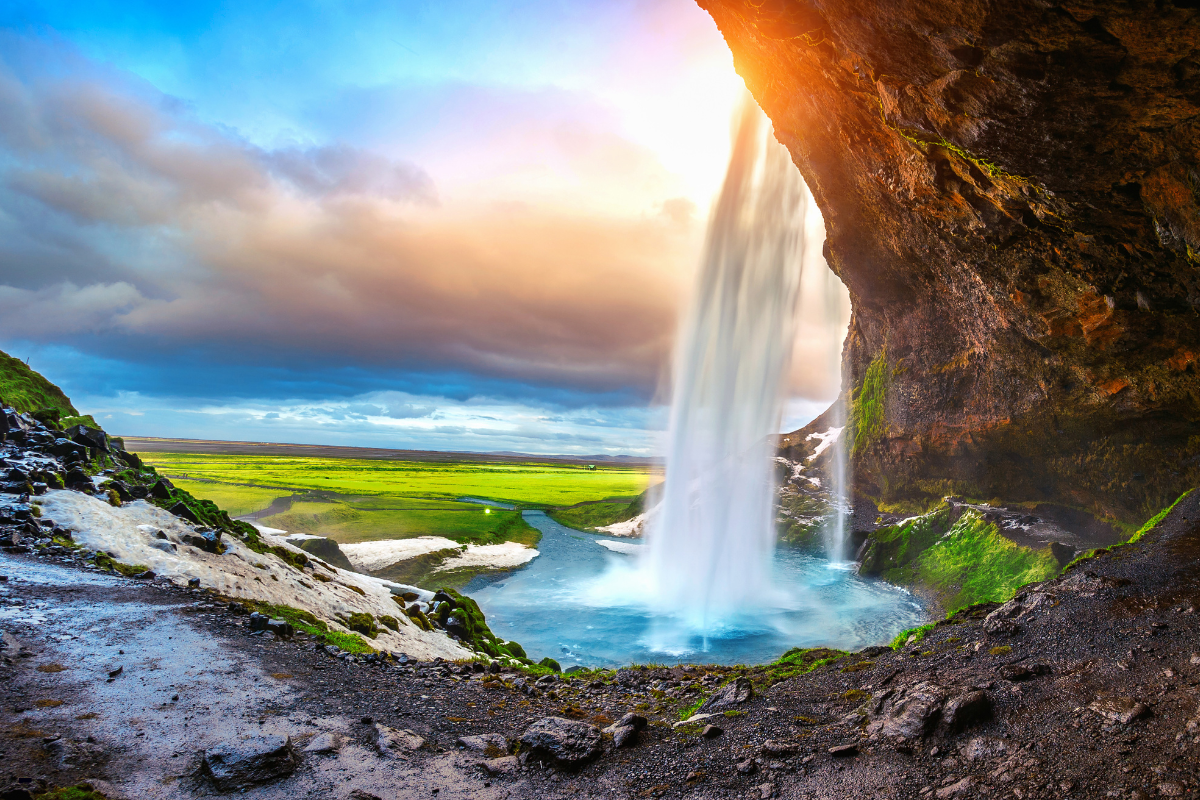
Iceland
Similarly to Albania, Iceland relies heavily on hydroelectric power. This source provides a staggering 80% of its energy and the country has now used hydroelectric plants for over 120 years.
Kárahnjúkar Hydroelectric Plant/ Fljótsdalur Power Station
In operation since 2007, this is the nation’s largest hydroelectric plant (and one of the largest in the world), located in the highlands of Iceland. The plant is made up of 5 dams with a total capacity of 690MW. [5] Its main purpose is to power a nearby aluminium plant, however it is also connected to the national grid.[6]
Búrfellslundur Park
As well as hydroelectric, Iceland is also embracing other forms of renewable energy including wind power. Búrfellslundur Park is a longer-term onshore wind project expected to progress over the next 10 years. This will be Iceland’s largest wind power project to date, with 30 turbines and an estimated capacity of 120MW.[7]
The original plans for the wind farm, which involved over 60 turbines, were initially rejected by the Icelandic National Planning Agency in 2017, due to perceived impact on wilderness and tourism. With revisions, crucially scaling the project down to 30 turbines, it is now able to progress, highlighting the significant red tape that renewable energy projects often need to navigate before becoming a reality.[8]
Ethiopia
Ethiopia has great potential to use a range of renewable energy sources, including solar, hydroelectric and geothermal. While greater investment is required in order to help the country maximise these sources to their full potential, there are a number of key projects in development.
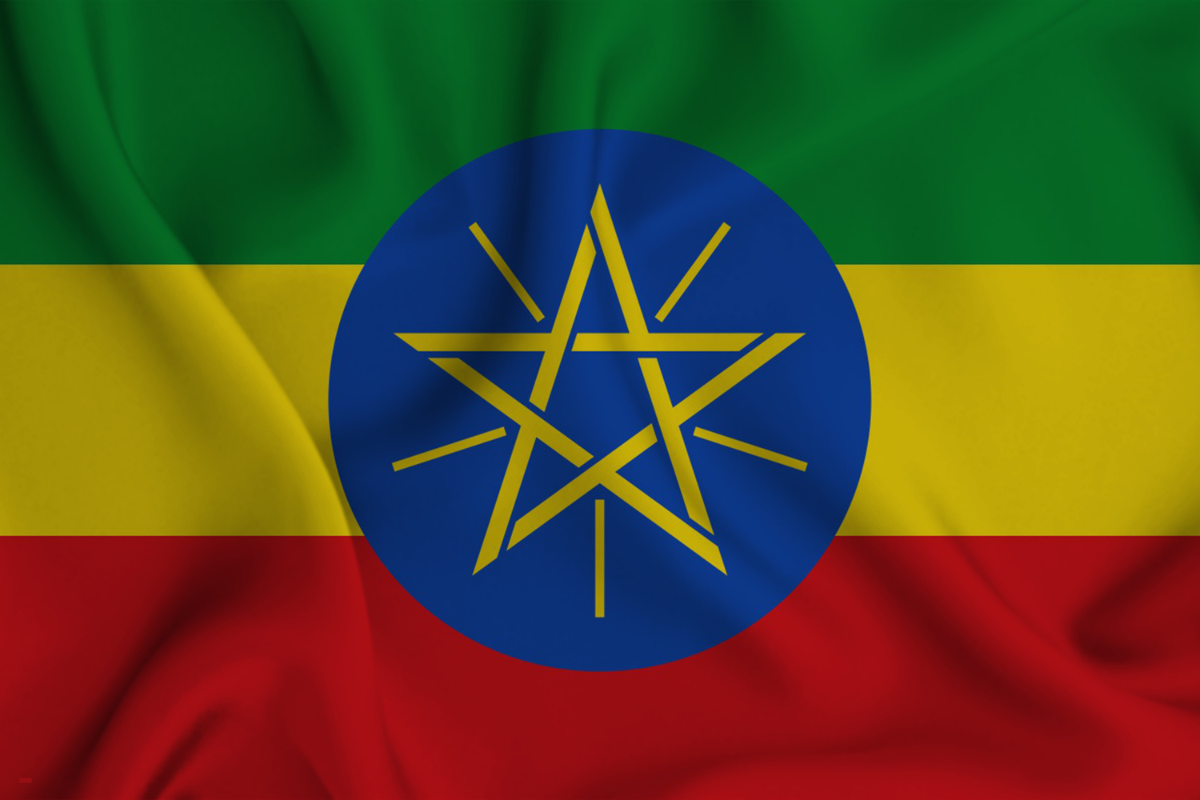
Grand Ethiopian Renaissance Dam (GERD)
This is the largest project currently underway in Ethiopia, expected to provide over 5000MW of hydroelectric power capacity. The dam has now been under construction for over 10 years, experiencing delays at various stages, however it is now in the final phase of construction.
Progress on the dam has been delayed by criticism from neighbouring countries, Egypt and Sudan, who are concerned that it will negatively impact their water supply. Nevertheless, the 3 countries continue to hold negotiations so that construction can be completed.
The dam has been generating some electricity since 2022 but has not yet reached its full capacity due to the objections.[9] A further dam, which will provide an additional 2000MW of capacity is also being developed in tandem.[10]
Aysha Wind Farm
In partnership with the UAE, Ethiopia will oversee the construction of a 300MW wind farm in the Somali region. Agreement was reached on the project in December 2023 and so it will be some time before the farm is operational. Nevertheless, in the meantime it will provide a boost for the country’s economy, creating 2000 jobs. These will range from project management and development roles, to operations and maintenance.
Once constructed, it will be the largest wind farm in the country, joining 2 others in Oromiya and Tigray.[11] It will comprise of just under 50 turbines.[12]
The Future of Renewable Projects
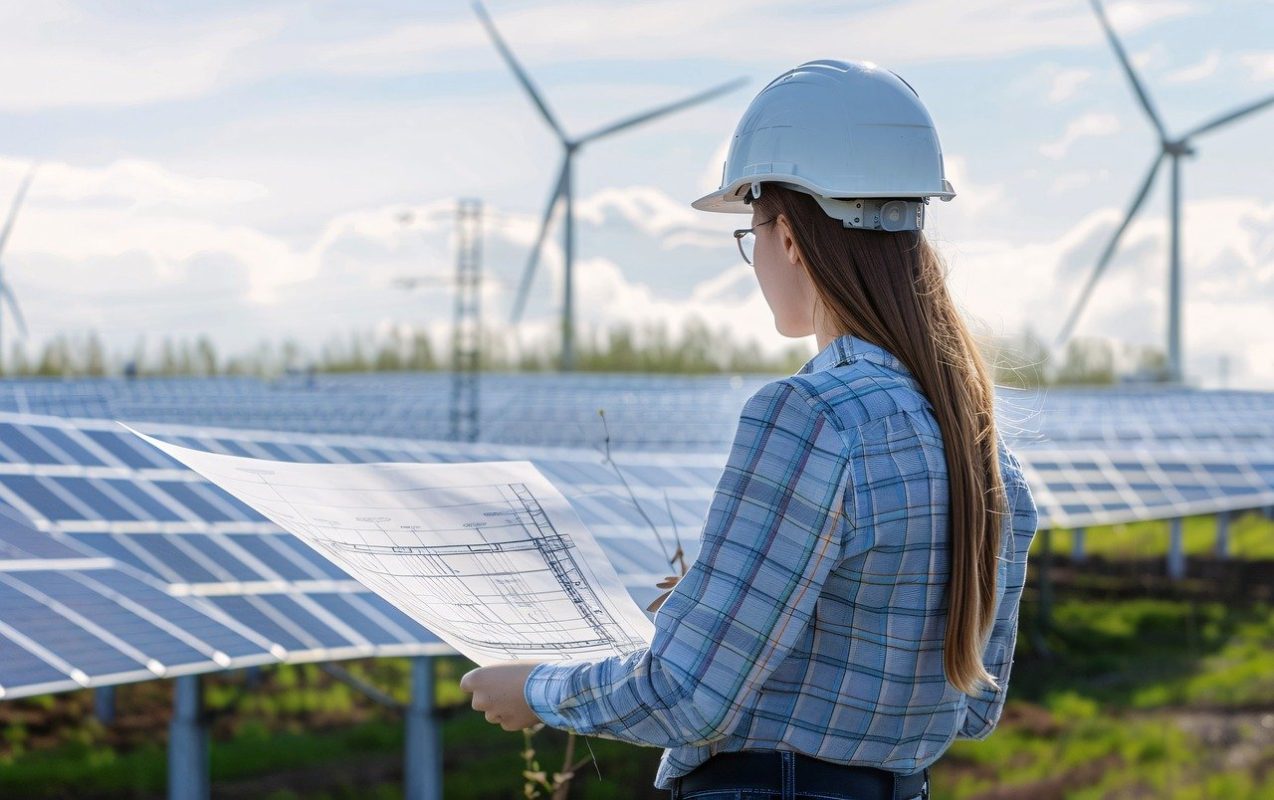
These exciting projects are just a few of the many currently in place and under construction across the world. Each project contributes positively to the fight against global warming and brings us a step closer to reaching net zero targets. The International Energy Agency has predicted that renewable energy will surpass the use of coal by 2025 and provide one third of the world’s total electricity.[13] This would not be possible without these important projects, whether on a large or small scale.
With so many renewable energy projects coming into existence, more trained professionals are required than ever before. The REI offers a wide catalogue of accredited courses covering all aspects of renewable energy and energy efficiency to ensure that a skills gap does not hinder the progress of global projects. Find our course catalogue here or get in touch to discuss the best course for you with our experienced advisors.

Read Next: Can global Collaboration Get Us To Net Zero?
[1] https://www.independent.co.uk/tech/renewable-energy-solar-nepal-bhutan-iceland-b2533699.html
[2] https://www.rescoop.eu/news-and-events/stories/september-success-story-a-small-solar-power-plant-inspires-change-in-albania
[3] https://balkangreenenergynews.com/eu-approves-renewable-energy-projects-in-bih-albania-of-eur-333-million-in-total/
[4] https://balkangreenenergynews.com/project-launched-in-albania-for-production-of-battery-energy-storage-systems/
[5] https://www.webuildvalue.com/en/stories-behind-projects/iceland-renewable-energy
[6] https://www.verkis.com/projects/energy/fljotsdalur-substation/
[7] https://www.webuildvalue.com/en/stories-behind-projects/iceland-renewable-energy
[8] https://askjaenergy.com/2017/01/02/200-mw-burfell-wind-park-rejected-by-npa/
[9] https://www.aa.com.tr/en/africa/ethiopia-completes-94-of-controversial-renaissance-dam/3100721#
[10] https://oilprice.com/Alternative-Energy/Renewable-Energy/Ethiopia-Looks-to-Tap-Its-Massive-Renewable-Energy-Potential.html
[11] As above
[12] https://www.thewindpower.net/windfarm_en_35713_aysha-ii.php
[13] https://www.scientificamerican.com/article/renewable-power-set-to-surpass-coal-globally-by-2025/
